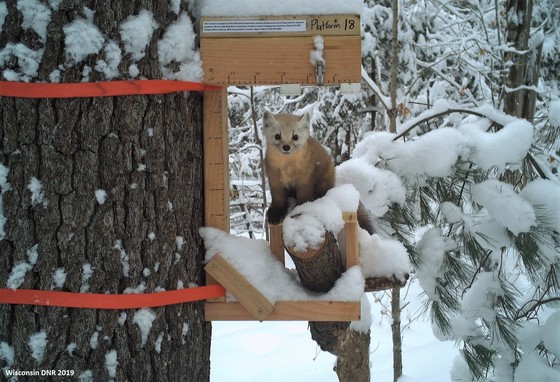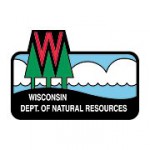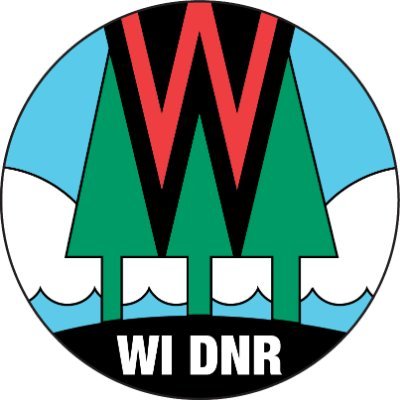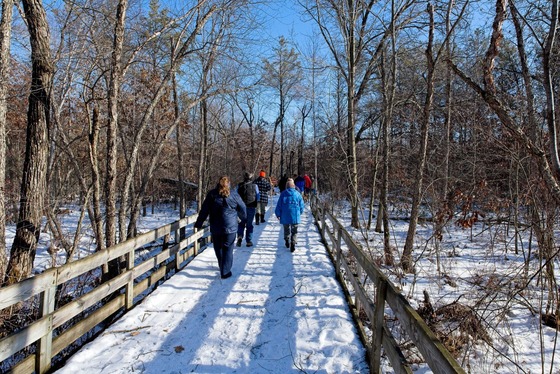Good News For Endangered Species
Learn More About Volunteer Efforts And How You Can Contribute

Trail cameras are helping reveal American marten behaviors to help inform restoration efforts.. / Photo Credit: Wisconsin DNR
MADISON, Wis. – The Wisconsin Department of Natural Resources (DNR) continues to make strides supporting endangered species in 2020. This includes helping threatened turtles, aiding promising field trials for vaccines to save bats from white-nose syndrome and restoring a globally rare bedrock glade in the Baraboo Hills. Reports of endangered bumble bee sightings in 2020 reached record numbers, matching an upward trend of people turning to nature.
These are just a few highlights of the progress made for endangered species and State Natural Areas in 2020 shared in the 2020 Natural Heritage Conservation (NHC) Program Field Notes, which is now available online and in the 2020 Winter issue of the Wisconsin Natural Resources magazine.
“In a year of unprecedented challenges, our dedicated Natural Heritage Conservation staff, partners, volunteers and donors doubled down on protecting and restoring Wisconsin’s endangered species and State Natural Areas,” said Drew Feldkirchner, DNR Natural Heritage Conservation Program Director.
“Our 2020 Field Notes share some of these stories and the progress made for Wisconsin’s rare species and State Natural Areas,” Feldkirchner said. “We’re very thankful for everyone who was part of the team in 2020.”
Although organized volunteer workdays and volunteer training for monitoring programs were canceled due to the pandemic, many long-time volunteers found satisfaction working safely on their own outdoors to make essential contributions. For example, Bumble Bee Brigade volunteers found the rare indiscriminate cuckoo bumble bee in eight new counties and the rare American bumble bee in four new counties.
The work by the DNR’s Natural Heritage Conservation Program to protect and restore species native to Wisconsin is made possible in large part by donations to the Endangered Resources Fund using a Wisconsin income tax form, direct gifts from individuals, endowments, the Natural Resources Foundation and purchases of Endangered Resources license plates, including the bald eagle plate.
Here’s how you can help Wisconsin’s rare species and special places in 2021:
- Volunteer to help look for and document rare plants and animals
- Sign up to be notified of when group volunteer workdays resume at State Natural Areas;
- Donate directly to the Endangered Resources Fund, via the Wisconsin income tax form, or by buying an Endangered Resources license plate;
- Add native plants to balconies, yards and corporate parks to help reverse habitat loss, a leading cause of population declines for birds, pollinators and many rare species. Learn more on our website.
Learn more about the DNR’s Natural Heritage Conservation Program and its work to protect and restore species native to Wisconsin here.
NOTE: This press release was submitted to Urban Milwaukee and was not written by an Urban Milwaukee writer. While it is believed to be reliable, Urban Milwaukee does not guarantee its accuracy or completeness.
Mentioned in This Press Release
Recent Press Releases by Wisconsin Department of Natural Resources
DNR Confirms CWD in Wild Deer in La Crosse County
Dec 22nd, 2025 by Wisconsin Department of Natural ResourcesBaiting And Feeding Ban Extended























